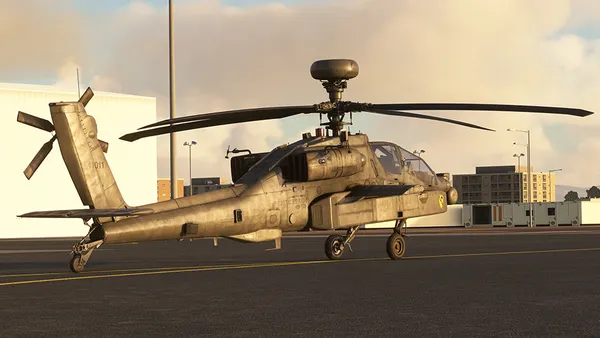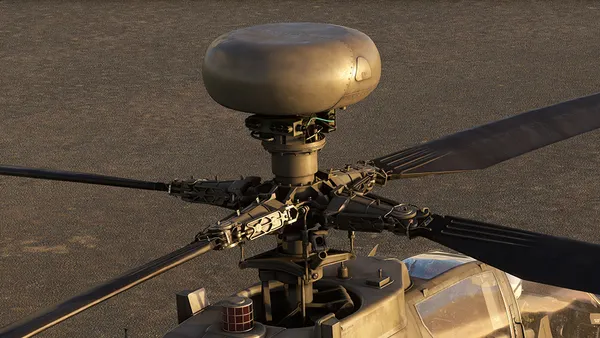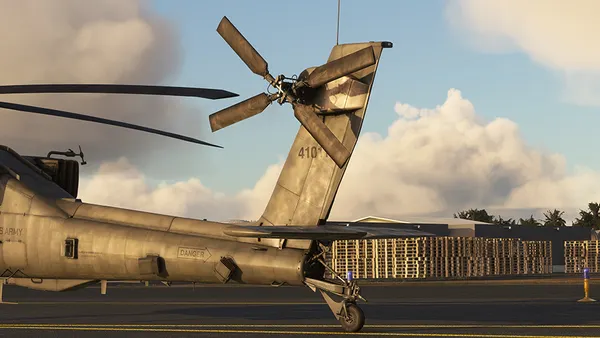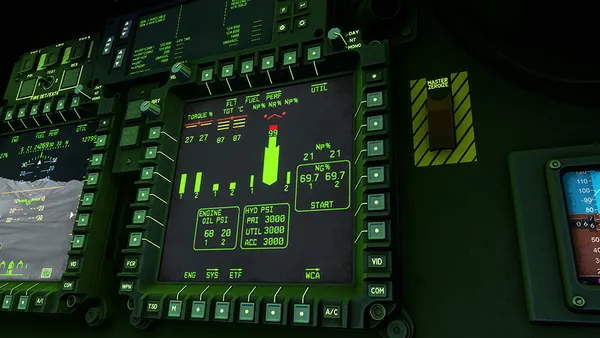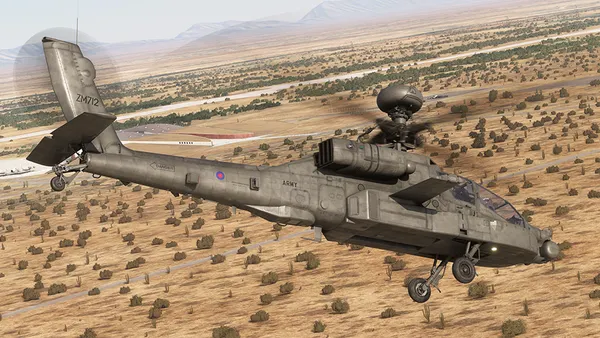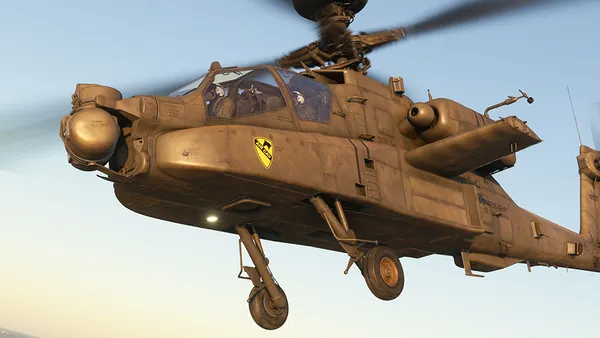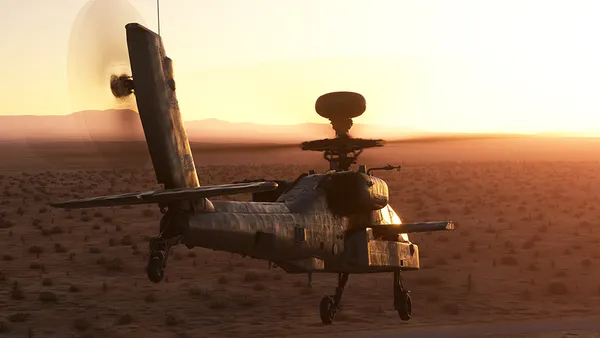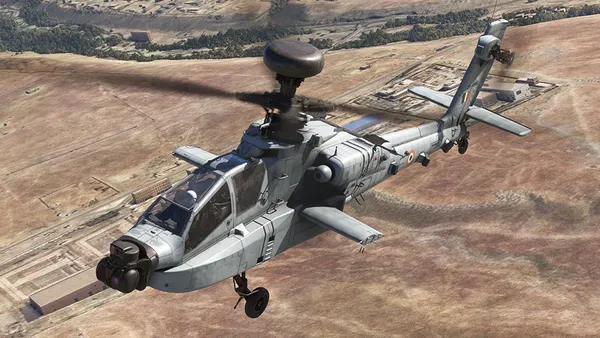- USD 24.99
- -20%
- USD 24.99
- USD 19.99
- Sale Ends: December 3 2025 6:00 PM +00:00
- View more offers at FS Addon Compare
- Added: June 26, 2025
- Updated: July 28, 2025
"The Hunter is a twin-engine, 2-seat, all-weather, multi-role attack helicopter. It comprises a robust suite of sensors for optimized battlespace situational awareness and can field a wide range of weapon systems for the precision application of appropriate force. Its unique design and combination of attributes, both offensive and defensive, make it one of the worlds premier aerial combat vehicles.
The highly versatile Hunter can be integrated into multi-domain combat environments either as a maneuver element or as an indirect fires asset. Primarily oriented toward air-to-surface attack, the Hunter can also perform air-to-air missions, ISR (intelligence, surveillance, and reconnaissance) data collections, network-centric operations, electronic warfare, forward command and control (C2), escort (ground convoy, aerial medevac, and aerial support), and specialized roles such as counterinsurgency operations support and special operations support. Its primary attack mission set includes close combat attack (CCA), close air support (CAS), armed reconnaissance, strike, anti-armor, and strike coordination and reconnaissance (SCAR). The Hunter also comprises several defensive systems and components that make it highly survivable. The Hunter is one of the most robust and capable tactical and operational battlespace systems ever fielded.
The Hunter features a 4-blade main rotor system and a 4-blade anti-torque tail rotor. It has a tandem cockpit arrangement and can be operated from either the rear seat (designated the pilot seat) or the front seat (designated the co-pilot gunner seat). Its sensor suite includes a stabilized visible wavelength scanner, a stabilized thermal infrared scanner, and a fire control radar. Its systems are highly integrated for optimal target acquisition and designation and the helicopter comprises an advanced operator user interface that includes a helmet-mounted cueing / sighting mechanism.
The Hunter is armed with a 30mm autocannon that is mounted on its nose and can be aimed by the helmet-mounted cueing / sighting system. The autocannon can fire several types of rounds, including high-explosive incendiary (HEI), high-explosive dual purpose (HEDP), and armor piercing (AP). The Hunter has four hardpoints total (arranged on two pylons), and can carry a variety of weapon systems, including air-to-surface precision missiles, rocket pods, and air-to-air missiles.
The Hunter measures 58 feet, 2 inches in length, stands 12 feet, 8 inches tall, and it has a main rotor diameter of 48 feet. It is powered by two turboshaft engines, each of which produces up to 1,900 shaft horsepower. It has a maximum range of 1,180 miles, a service ceiling of 20,000 feet above sea level, a cruising speed of 165 miles per hour, and a top speed of approximately 185 miles per hour."
